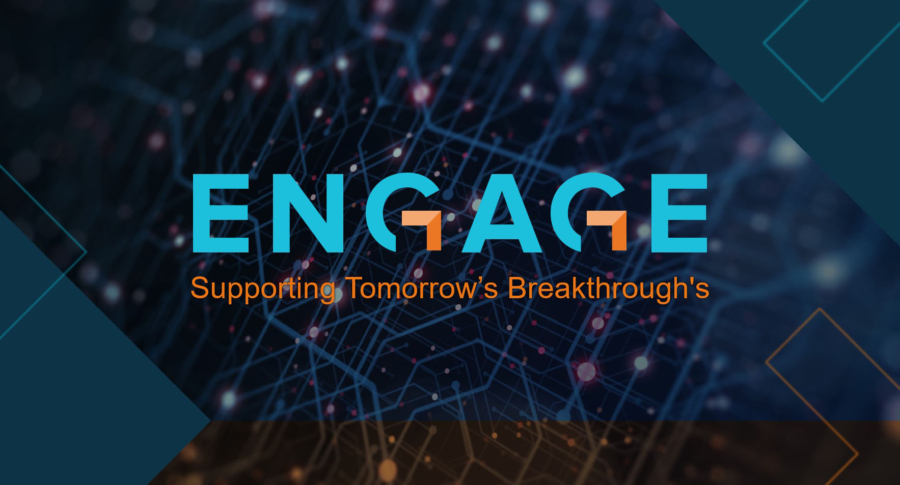
Insights from PHUSE US Connect – The Clinical Data Science Conference
A few weeks ago, PHUSE hosted its largest annual US Connect conference to date with over 670 members of the PHUSE Community from 162 organizations in attendance. The four-day event provided attendees the opportunity to take a collective step back from their day-to-day life to reconnect, collaborate, and share insights on some of the most important topics within the industry. The conference agenda – comprised of hands-on workshops, leadership sessions, panel discussions, and networking events – provided various ways to connect, engage, and learn alongside industry peers.
The eClinical Solutions’ team was represented by a cross functional group at PHUSE this year and we were excited to discuss and showcase the elluminate Clinical Data Cloud at our booth. We also had the opportunity to share insights and ideas with sessions focused on topics relating to statistical computing, AI, and risk-based quality management. Here are some takeaways gleaned from our participation and conversations at PHUSE US Connect:
RBQM is more than just a mandate
RBQM – a more expansive, systemic evolution of RBM – isn’t just a trend or a “nice to have” it’s a requirement for all clinical trials. However, determining the best approach for incorporating RBQM can be challenging for sponsors. By recognizing that RBQM adoption represents change within an organization, and then defining what type of change RBQM involves – adaptive, innovative, or radically innovative – sponsors can then determine how to manage that change and implement RBQM in the most efficient way for their organization. The shift to RBQM doesn’t have to be hard, but it does require a strategy in order to minimize complexity and deliver value. Jason Konn, Senior Product Manager at eClinical Solutions, presented on this topic at PHUSE and expands on this in our recent elluminate Academy webinar which you can view on demand.
Learn more about elluminate RBQM.
To build, or to buy? That is the question.
This question was posed by Nathan Johnson, eClinical Solutions’ VP of Digital Innovation, during the Statistical Computing Environment (SCE) Story track. The impetus driving this question is the need to adopt tools to integrate and analyze data in order to keep up with the rapidly changing clinical trial landscape. The way we think about statistical computing environments has evolved significantly in the past few years and the future of the SCE looks differently across large, mid-market, and emerging life sciences companies. Nathan examined the pros and cons of build, buy, and hybrid SCE approaches and emphasized the importance of understanding the who, what, and why in order to best answer the question: to build or to buy? You can listen to Nathan’s presentation – which won “Best in Stream” at PHUSE.
Learn more about elluminate SCE.
Beyond the Hype: AI viewed through a pragmatic lens
Although “AI” is something most of us use or hear about in our daily lives (“Hey Siri!”), there is still a lot of hype around its potential. In recent years, the FDA commented that “Artificial intelligence and machine learning technologies have the potential to transform health care by deriving new and important insights from the vast amount of data generated during the delivery of health care every day”.1 But what does this actually mean for the life sciences industry? There were multiple sessions at Phuse that aimed to deliver answers to this broader question that focused on practical applications of AI in Clinical Development. In his presentation “A Pragmatic Approach to Data Cleaning – Decisions in Selecting When to Apply AI/ML” Robert Musterer, VP of Product Management at eClinical Solutions had the opportunity to highlight Data Cleaning as common first business case for AI/ML and discussed the continuum of decision-making for a pragmatic approach. Data cleaning – ensuring data is sufficiently ready for safety review and statistical analysis – is just one area where AI/ML can be applied as well as more broadly to data review. Hype aside, Rob positioned AI/ML as “a tool in our toolbox” to help us accomplish our objectives in the most efficient manner.
Transformation in Clinical Trials: To be continued…
Innovation in clinical development has accelerated at a rapid pace in these past few years, with new technologies becoming available to capture more patient data than ever before and various trial modalities such as DCT becoming mainstream. With these advances comes the need to shift how we as an industry approach three critical pillars of clinical development – People, Process, and Technology – to ensure progress continues. While each of these components are key, the sum – and alignment of all three – are greater than the parts. The only thing constant in life is change and as an industry we recognize that change isn’t just an expectation, it’s a demand. PHUSE US Connect was another reminder that we must collectively work together to future-proof our approach to these three critical pillars in order to meet the demands of the continually evolving clinical trial landscape.
1 FDA, 2019, Discussion and Request for Feedback, “Proposed Regulatory Framework for Modifications to Artificial/Machine Learning [AI/ML]- Based Software as Medical Device (SaMD).

By submitting, you agree to the processing of your personal data by eClinical Solutions as described in our Privacy Policy.







